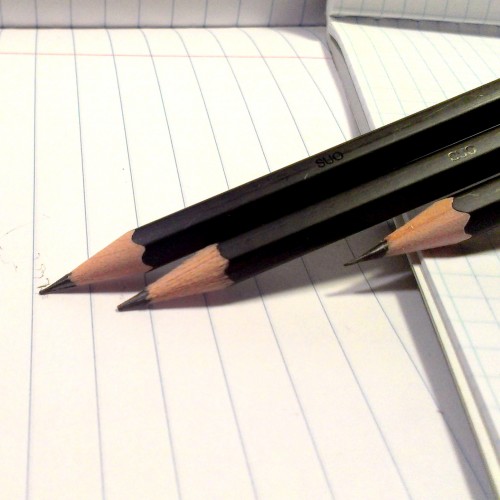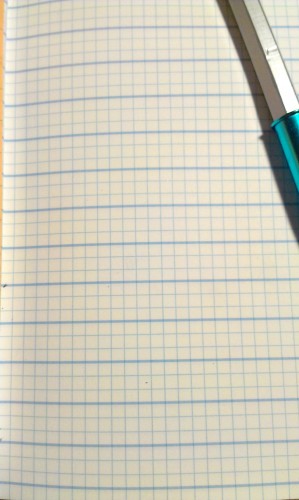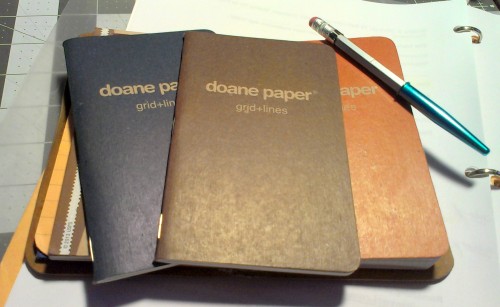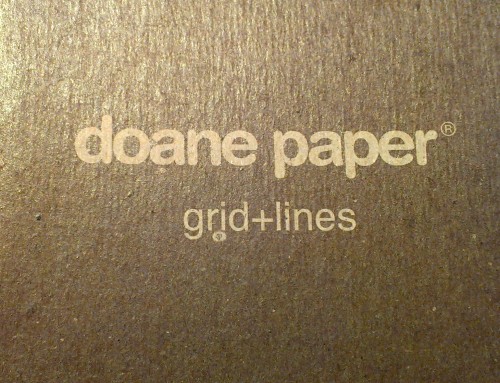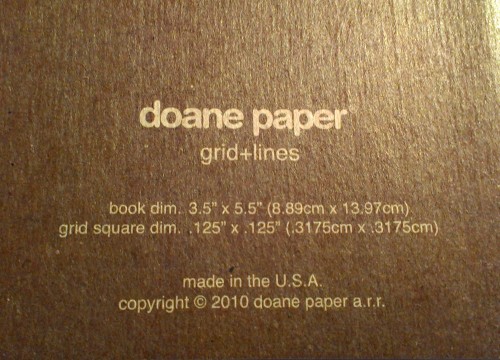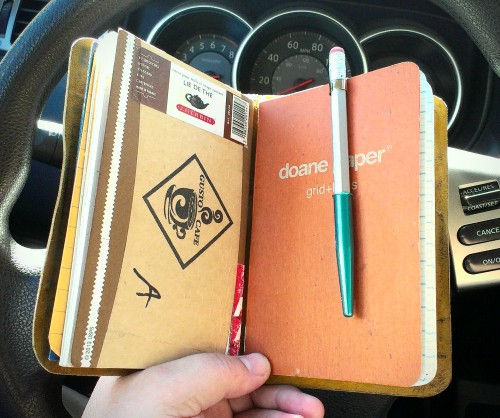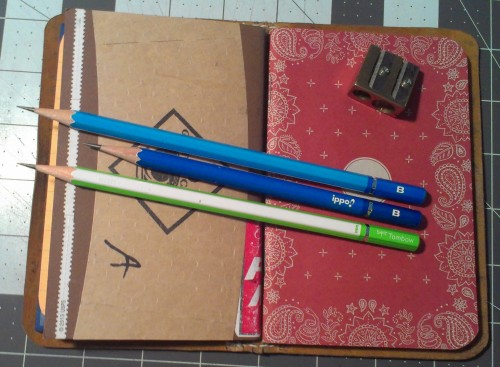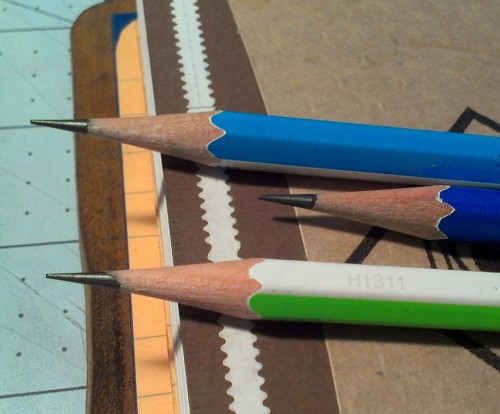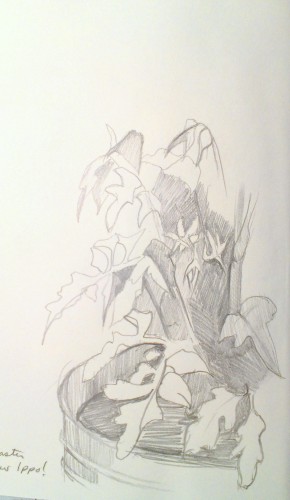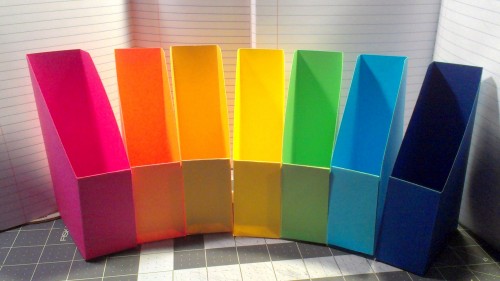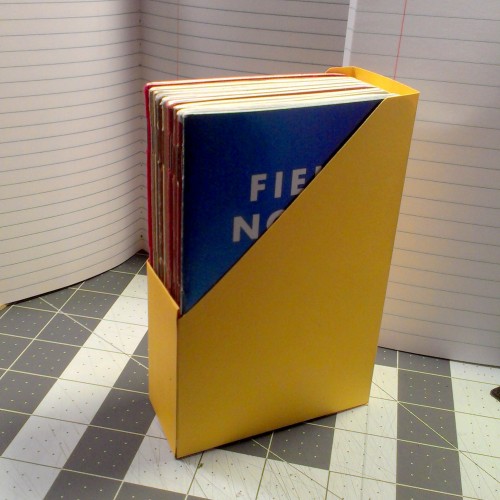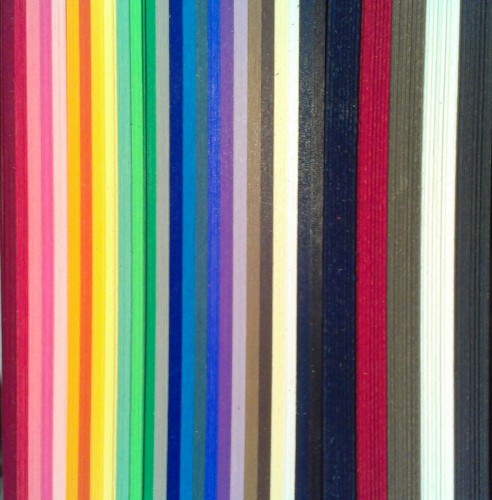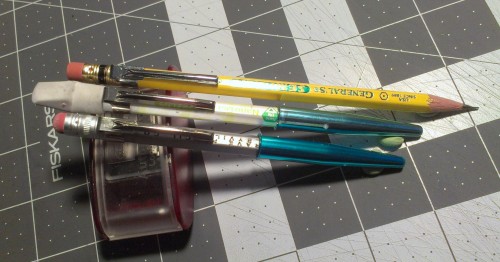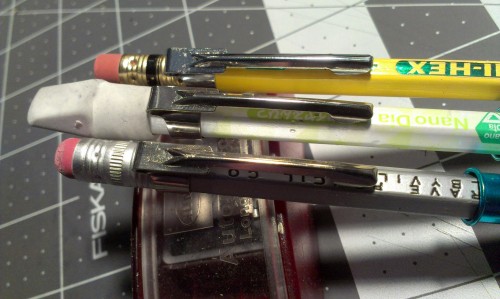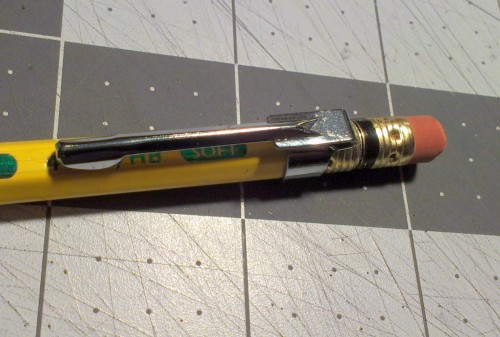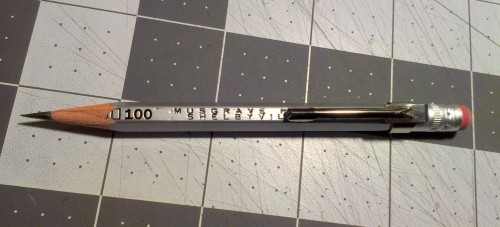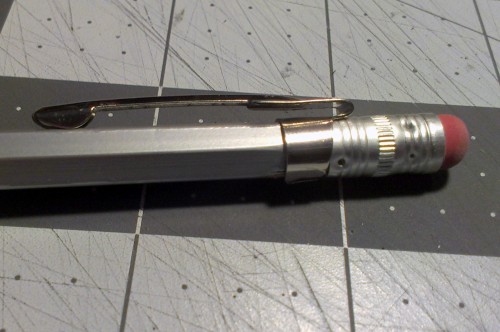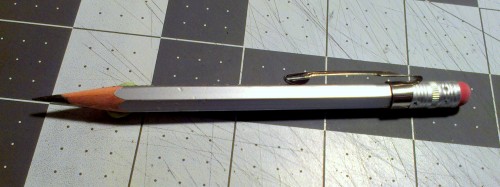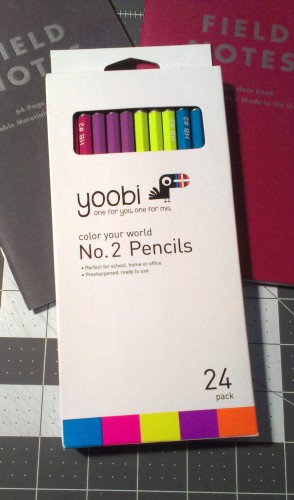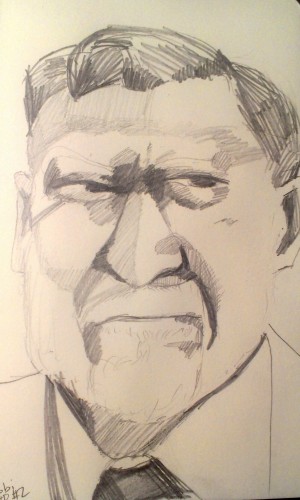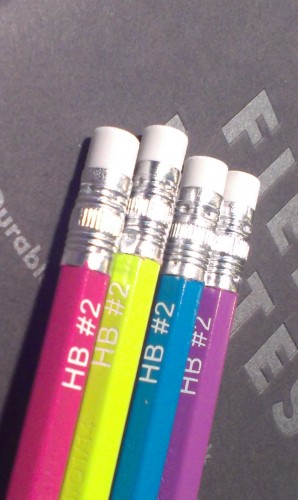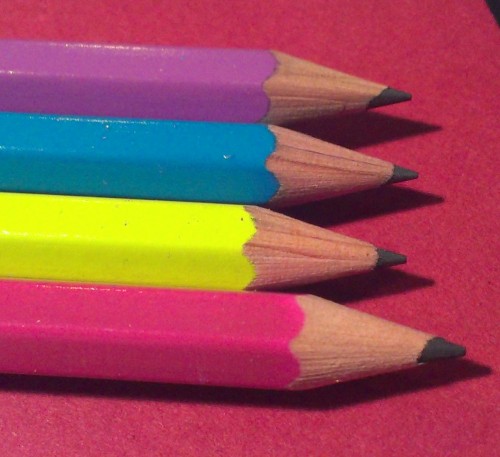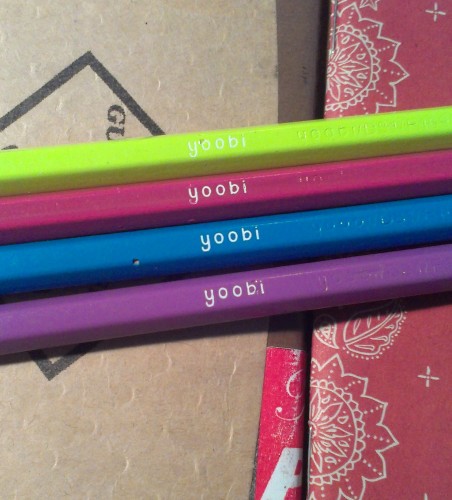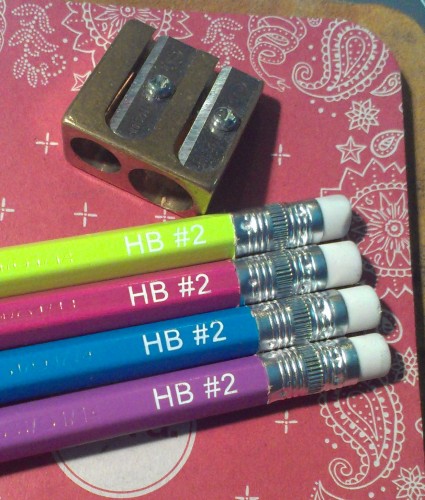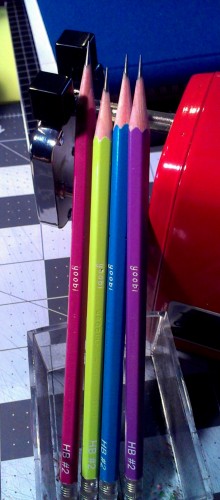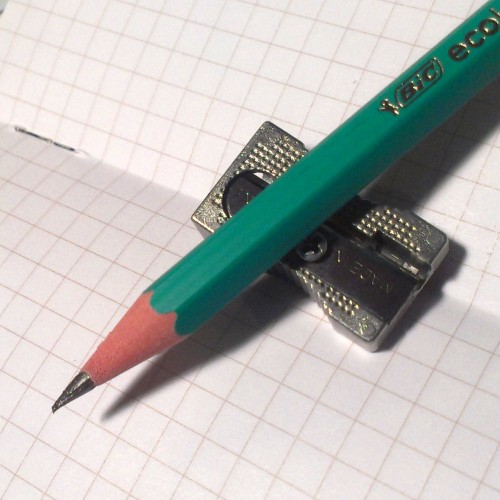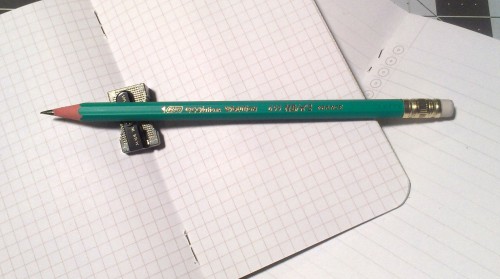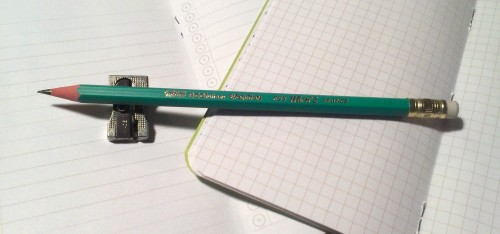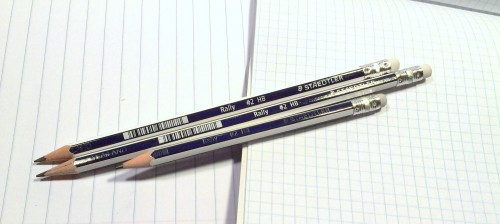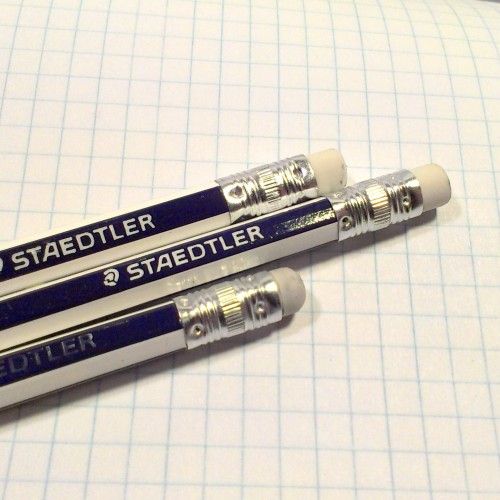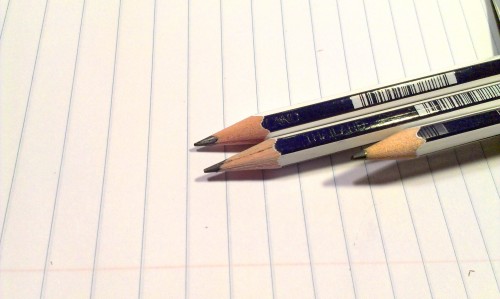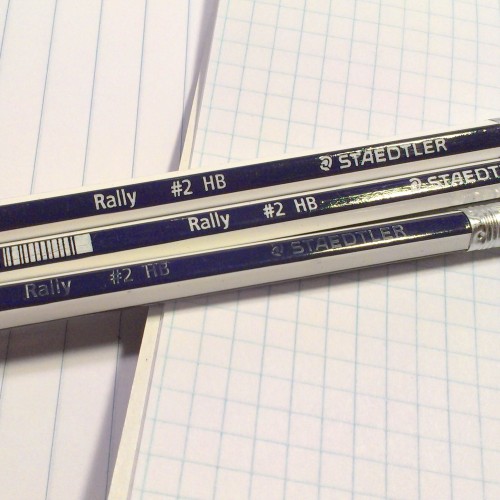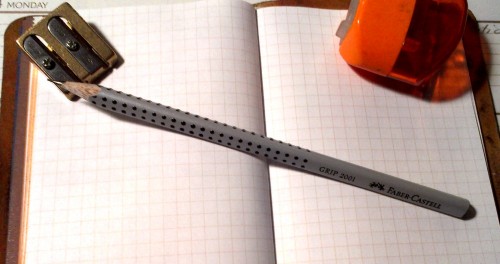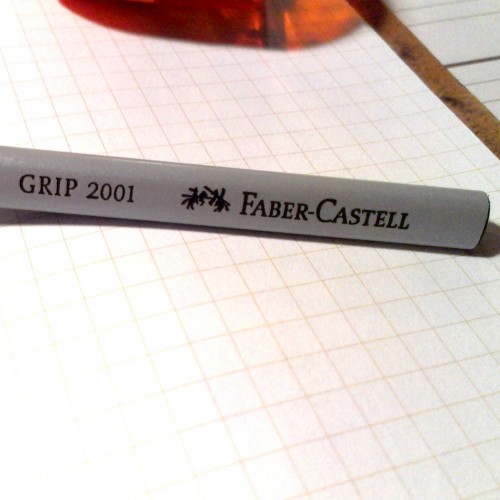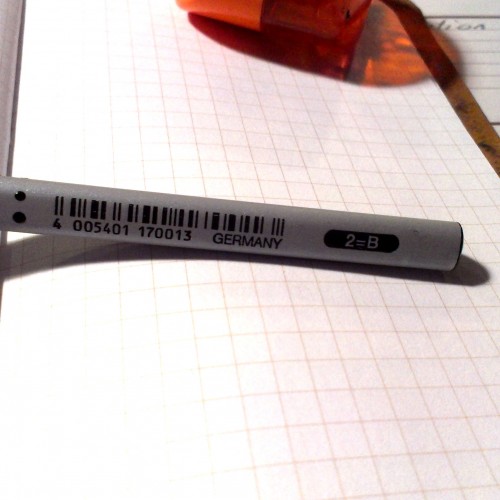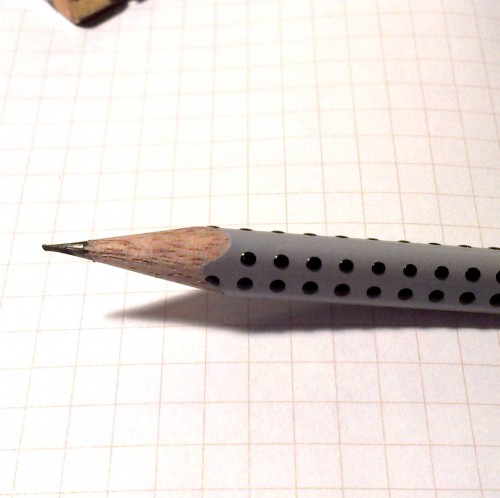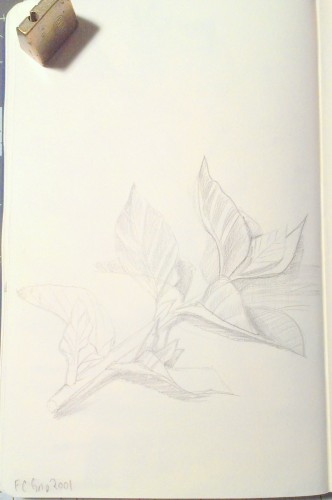While I’ve been reviewing products on this blog for a good long time, one of the many things I’ve neglected to talk about is shipping from the various companies. We review shipping on Amazon, so why not from our favorite online pen and pencil companies? Here is my not so exhaustive list of shipping reviews in regards to pen and pencil companies.
Pencils.com: All of my shipments have been discreetly shipped in a white cardboard clamshell style box. Each box has been securely tapped on all edges. They open from the top and are gift-like in the package. Each package has been filled with styrofoam peanuts. I have not checked to see if these are the biodegradable sort, but they don’t look like they are. The boxes always arrive in good condition, even when manhandled by the idiot delivery guy and not the good delivery woman. All items have arrived in perfect condition. Shipping is reasonably priced, right in the middle of the pack. They occasionally have free shipping sales. I try to take advantage of these sales. Speed of shipping is slower than other companies but not slow enough for me to complain. When they run a free shipping sale, they ship parcel rate, which is slower than the regular first class I usually select. You can pay more for priority shipping.
Jetpens: They ship in bubble wrap mailers. They do put loose pencils into thin card boxes. My last shipment arrived with a square of cardboard to protect the pencils. This is a far cry from some of my earlier shipments where items were sent loose in a bubble mailer. As we all know that sort of shipping is the death of pencils. However, any order over $25 ships for free. Which is a huge savings. The free shipping is slower, as it’s sent first class and not priority mail.* I get my Jetpens goods within 3 to 4 days. Considering the goods are coming from Cali and I’m in Mass, that’s really not bad.** I never order unless I can get over the $25 mark so I can’t comment on their paid shipping. I have never had a Jetpens purchase arrive damaged.
PencilThings.com: I placed my first order on the 9th and it arrived on the 14th. I get the feeling this is a one woman operation so not a bad turnaround to get from New Mexico to Massachusetts. Considering that the good mail lady was on vacation and the moron had her route, really not bad.*** My small order was shipped in a bubble mailer. The pencils were not backed by cardboard or anything else. Shipping was $5 and the order was shipped first class and weighed 3 ounces. You do the math. Anyway, nothing was damaged and they are one of the few places that offer things like pencil caps and clips. They have a HUGE range of KUM brand sharpeners that can be hard to find other places.
Goulet: Ever since Goulet did away with their Fountain Pen Network discount I haven’t placed an order. They rarely offer free shipping and when they do it’s on orders over $50, $75 or $100. However when one of my packages was damaged in shipping and not delivered, they replaced my package free of charge. So their expensive and speedy shipping is guaranteed. When my package eventually was delivered, damaged, to Walgreens about a month later (weird) and Walgreens opened it and called me, Goulet told me to keep both. This is a huge positive. Generally, Goulet packages arrived in 3 days from Virginia.
Any conversation about Goulet bears mentioning that they ridiculously over protect their package. All packages are backed by cardboard wrapped in blue cling film and bubble wrap then shipped in a box. Inks are put into ziplock baggies. The extra space in the boxes is packed with crumpled paper, and there is always extra space since all of the boxes I’ve ever gotten have been over-sized for the items contained within. This makes perfect sense for inks and delicate pens. But is completely wasteful for notebooks and other items . I always shed a tear for the environment when I place a Goulet order. There is no middle ground or variance for different items. Every item is packed with the same excessive packaging. Which I suppose is good, because you pay for it.
Amazon- Every package I order from them is packaged differently. IF I’m getting things from Amazon and not a reseller, it’s generally in a small cardboard box with large air pockets. I’ve gotten things from resellers in bubble mailers, boxes, card mailers, paper envelopes with no bubble wrap, and the list could go on. With all the variances I’ve never had an Amazon order go missing or be damaged.
Rated by shipping price, lowest to highest:
- Jetpens (over $25)
- Amazon (with prime)(rated lower than Jetpens due to many pencil related items being add-on items)
- Pencils.com
- PencilThings.com
- Goulet
Rated by Packaging, best to ok:
- Goulet
- Pencils.com
- JetPens
- PencilThings.com
- Amazon (rated here as ok mostly because I never know how something will be packaged.)
Rated by Speed, fastest to Slowest:****
- Amazon
- Goulet
- Jetpens
- Pencils.com
- PencilThings.com
Overall I’ve got perfectly adequate shipping from all of the vendors listed and I’ve been happy with service. Ratings are subjective and my opinion based on my purchase history.
Continue reading →
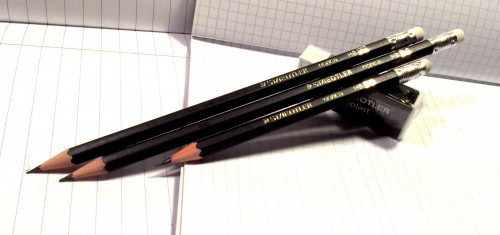
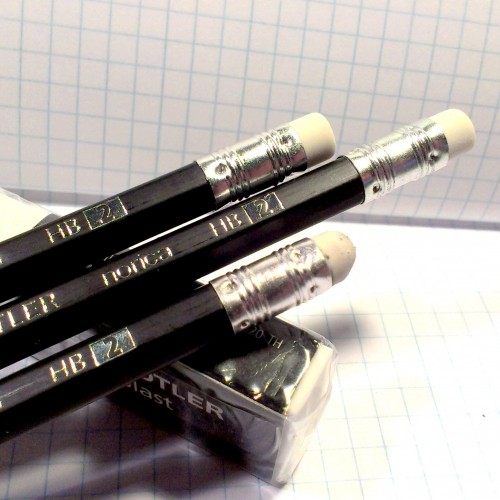 The lead in this feels almost identical to the Rally. It’s nice and dark during regular writing, and provides some variation of line color when sketching. Here and there I notice a small amount of grit, but overall the writing experience is good. Not Blackwing good, but honestly, really not bad.
The lead in this feels almost identical to the Rally. It’s nice and dark during regular writing, and provides some variation of line color when sketching. Here and there I notice a small amount of grit, but overall the writing experience is good. Not Blackwing good, but honestly, really not bad.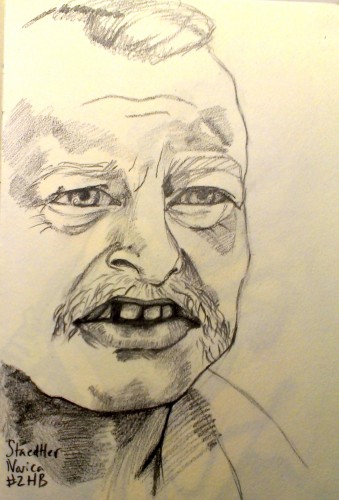
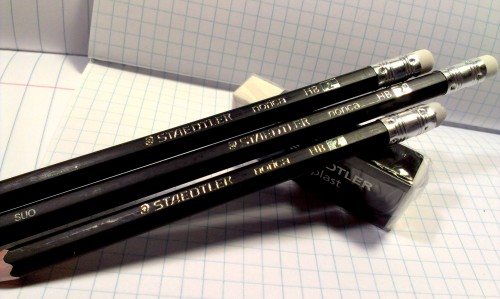 One of the things that is odd about this pencil is that it is slightly more narrow than most regular pencils. Because of this it does not fit into a bullet pencil with ease. It does fit into my Stad One Touch Pencil holder and other pencil extenders with ease.
One of the things that is odd about this pencil is that it is slightly more narrow than most regular pencils. Because of this it does not fit into a bullet pencil with ease. It does fit into my Stad One Touch Pencil holder and other pencil extenders with ease. 